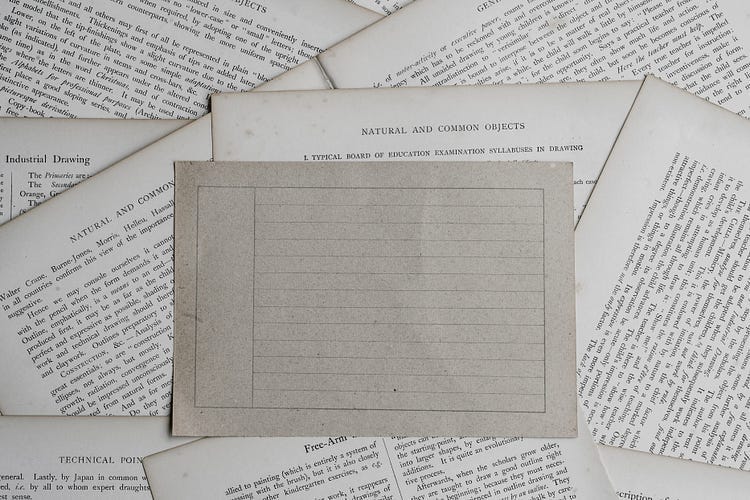Top Computer Vision Papers During Week From 17/7 To 23/7
Stay Relevant to Recent Computer Vision Research
Computer vision, a field of artificial intelligence focused on enabling machines to interpret and understand the visual world, is rapidly evolving with groundbreaking research and technological advancements.
On a weekly basis, several top-tier academic conferences and journals showcased innovative research in computer vision, presenting exciting breakthroughs in various subfields such as image recognition, vision model optimization, generative adversarial networks (GANs), image segmentation, video analysis, and more.
In this article, we will provide a comprehensive overview of the most significant papers published in the third week of July 2023, highlighting the latest research and advancements in computer vision. Whether you’re a researcher, practitioner, or enthusiast, this article will provide valuable insights into the state-of-the-art techniques and tools in the field of computer vision.

Table of Contents:
Image Recognition
Video Analysis
Image Generati…
Keep reading with a 7-day free trial
Subscribe to To Data & Beyond to keep reading this post and get 7 days of free access to the full post archives.

